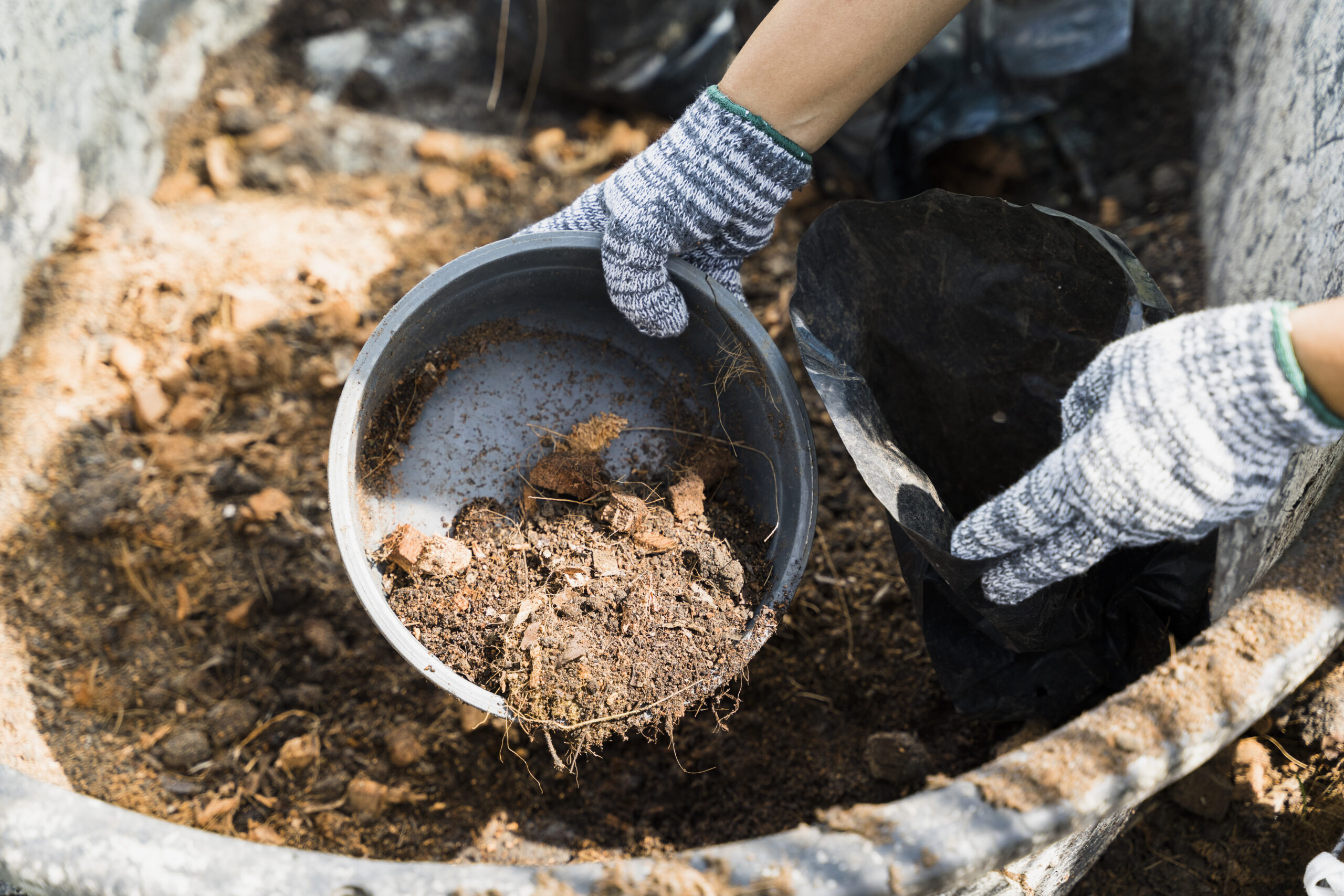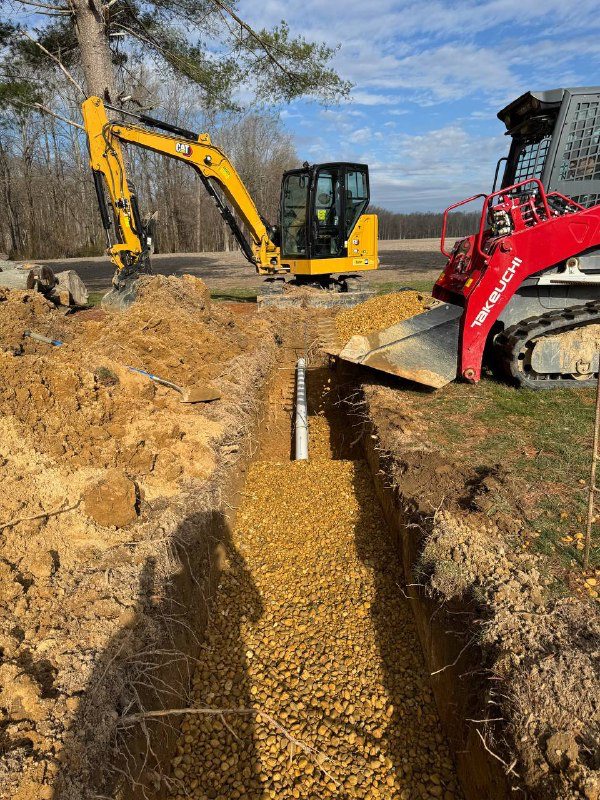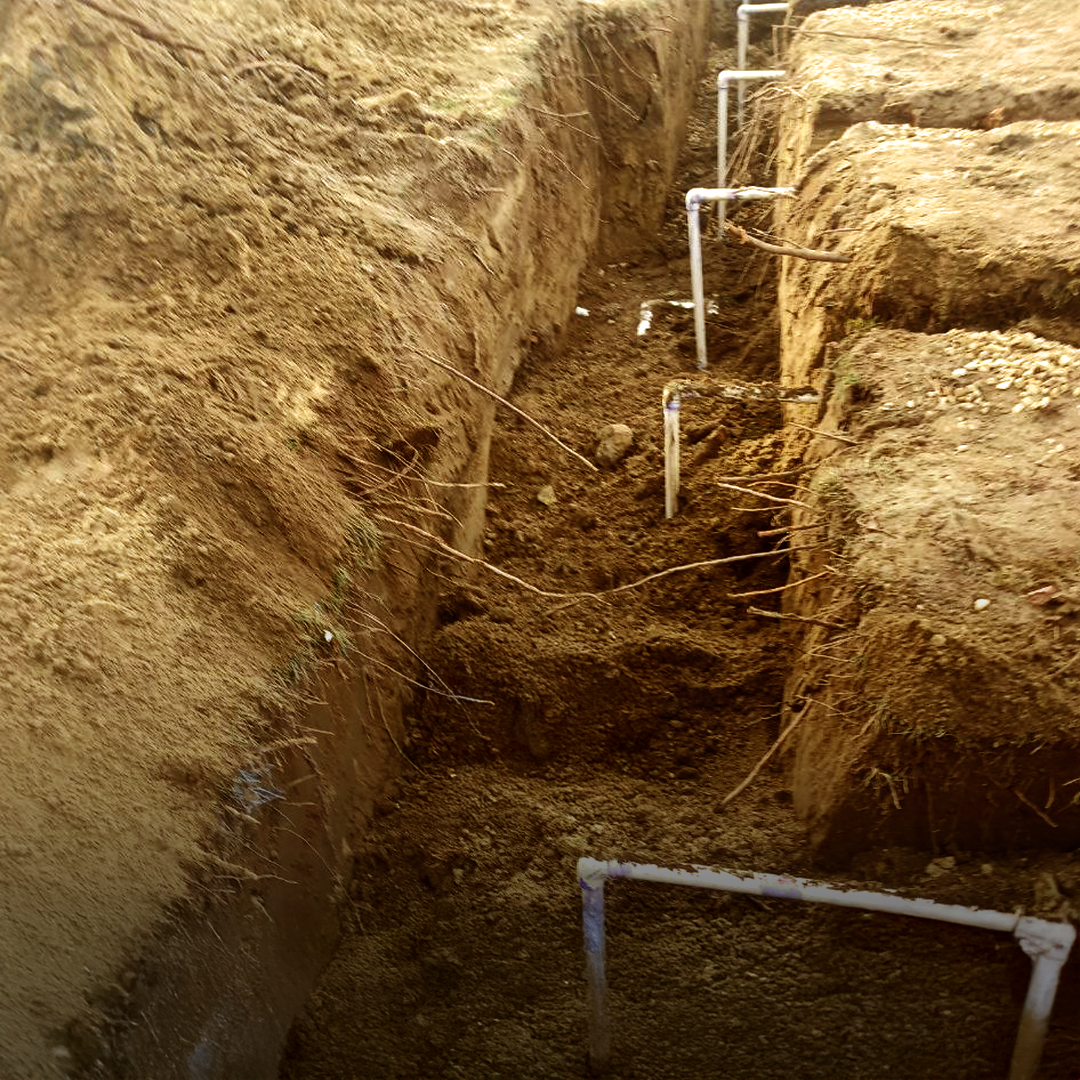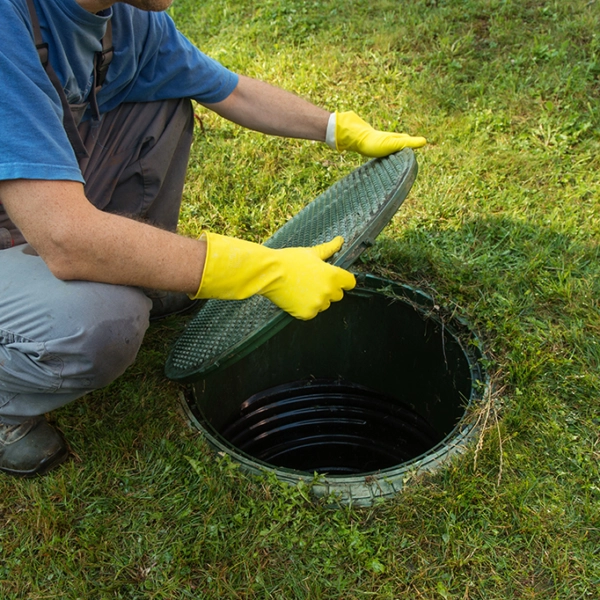Septic system installation is a substantial financial commitment for your home. It guarantees your home’s safety and cleanliness and is necessary for effective waste management. Soil Testing Before Septic Installation, however, is an essential first step that has a major impact on the effectiveness and prosperity of a septic system. This article discusses the importance of soil testing prior to septic construction and how it may affect your septic system’s overall performance.
What is Soil Testing?
In the context of septic systems, soil testing entails assessing the soil’s capacity to both absorb and filter effluent. Tests for soil texture, structure, consistency, depth, and the existence of a water table are usually included. The percolation test, sometimes known as the “perc test,” is the most often used test to determine how quickly water percolates into the subsurface.
Why Soil Testing is Essential
Determining the Suitable Type of Septic System: Not all septic systems are suitable for every type of soil. Clay soils, for instance, have poor drainage and might require a different type of system than sandy soils, which drain quickly. Soil testing helps determine the most appropriate system that suits the specific conditions of your property.
Preventing System Failure: An inadequately designed septic system may result in wet areas in the yard or sewage backups into the house. Not only are these kinds of failures annoying and ugly, but they also carry significant health hazards. By determining whether the land is appropriate for a septic system, soil testing reduces these dangers.
Ensuring Environmental Safety: Septic systems discharge treated wastewater back into the surrounding environment. If the soil cannot properly filter this water, contaminants could leach into groundwater. Soil testing ensures that your septic system will not adversely affect your local water quality.
Compliance with Local Regulations: In order to get a permit for the installation of a septic system, many municipal health departments demand soil testing. The purpose of these regulations is to safeguard the environment’s quality and public health. Fines, legal action, or the need to reinstall a compliant system may result from noncompliance.
Cost Efficiency: You can cut costs by being aware of the properties of your soil. For example, you may be able to choose a simpler, less expensive septic system if soil testing indicates that your soil has good filtration qualities. On the other hand, being aware of poor soil conditions in advance can help you avoid the expensive mistake of building a system that won’t suit your property.
How Soil Testing is Conducted
Soil testing is typically conducted by a licensed professional or a local health department official. The process involves:
Digging Test Pits: Large holes are dug in various locations where the septic system might be installed. This allows for a direct examination of soil characteristics and layering.
Conducting Perc Tests: Water is poured into smaller holes filled with gravel to see how quickly it absorbs into the soil, which helps determine the rate of drainage.
Analyzing Soil Samples : Samples from the test pits may be sent to a lab to analyze soil composition and structure further.
Conclusion
An essential first step in installing a septic system is soil testing. It safeguards not just the environment, your health, and the value of your property, but also the long-term viability of your wastewater management system. When installing a new septic system, be sure to begin with a thorough assessment of the soil. In the long term, this upfront work will save you time and money by paving the way for a dependable and effective septic system.




